Flagship phones out of China are more powerful than ever, and the upcoming 2024 flagship Chinese phones all feature incredibly advanced camera systems that in some areas match and even outclass the quality you get from familiar flagships by mainstream phone makers.
2024 Chinese Flagship Phones:
*arranged by release date
- Xiaomi 14 and Xiaomi 14 Pro — released in China on October 26th, 2023, likely coming to the UK and Europe in early 2024. Flagship phones in a medium and large size, both running on Snapdragon 8 Gen 3 processor, equipped with very fast 120W charging and advanced camera features.
- iQOO 12 and iQOO 12 Pro (sub brand of Vivo) — unveiled on November 7th, 2023. Powered by the Snapdragon 8 Gen 3 chipset with a “self-developed” co-processor to help maintain the fast 144Hz refresh rates. You also get triple camera system and latest-gen display tech.
- Vivo X100 and Vivo X100 Pro — announced on November 15th, 2023, expected to arrive to Chinese customers in early December. The first of a few new camera “super phones”. Both models run on the high-end MediaTek Dimensity 9300 processor.
- Realme GT5 Pro — to be announced on November 22nd, 2023. Realme says this phone is expected to be a “turning point in smartphone photography”. It’s coming with a Sony LYTIA main camera sensor (Sony LYT-808), the Snapdragon 8 Gen 3 chip, and an advanced screen.
- Honor 100 and Honor 100 Pro — expected to be unveiled on November 23rd, 2023. These phones are not quite as fast as the rest in this list. The Honor 100 will be powered by the Snapdragon 7 Gen 3 chip, an upper mid-range processor, and it will have a dual camera system, while the Honor 100 Pro will run on the former-gen Snapdragon 8 Gen 2 chipset and sport a triple camera.
- RedMagic 9 Pro (brand by Nubia) — expected to arrive in late November 2023. This is a gaming phone with distinct design and custom camera components making it possible to have no camera bump and a flat back. Powered by Snapdragon 8 Gen 3 chip with 12GB of RAM.
- Meizu 21 — Expected to arrive on November 30th, 2023. The new Meizu flagship runs on a fine-tuned version of the Snapdragon 8 Gen 3 chip and it will focus on a flashy edge-to-edge screen for a futuristic look.
- Redmi K70 series / launching as Poco F6 series globally — expected to arrive late November or early December in China. Some of the models in this series are expected to run on the Snapdragon 8 Gen 3 chipset.
- OnePlus 12 — set to be unveiled on December 4th, 2023. Focused on display quality and cameras. OnePlus says display will set new “industry benchmark” for eye health protection and it will also feature new Rain Touch technology. Powered by the Snapdragon 8 Gen 3 processor.
- ZTE / Nubia Z60 Ultra — expected to arrive in December, 2023. Another camera-centric phone. Runs on Snapdragon 8 Gen 3, rumored to have 1-inch Sony IMX989 main camera sensor with a different focal length of 35mm (not as wide as other smartphones at 24mm) and a futuristic under-display front camera.
- Oppo Find X7 and Oppo Find X7 Pro — expected to launch in early 2024. This is another camera “super phone”. The Pro model will have four 50MP cameras on the back, including a new 1-inch Sony LYTIA main camera with Hasselblad partnership for improved color calibration.
- Honor Magic 6 — expected to be unveiled by mid-February 2024. Coming with the new OmniVision OV50K main camera sensor (1-inch size, said to be on par with Sony 989 1-inch sensor). New LOFIC (Lateral Overflow Integration Capacitor) technology meant to prevent overexposure in bright scenes. Features the new Snapdragon 8 Gen 3chip, eye tracking as well as satellite connectivity.
- Xiaomi 14 Ultra — expected to be arrive in China in Q1 2024. This model comes in only one large size and its marquee feature is the most advanced camera system on a Xiaomi phone to date.
2024 Chinese flagship phones explained in detail:
Xiaomi 14 and Xiaomi 14 Pro
Xiaomi 14 is the smaller model, Xiaomi 14 Pro is the larger one
Xiaomi is a brand that releases so many new phones that it is hard to keep track, but what you should know about the Xiaomi 14 and Xiaomi 14 Pro is that they are the first phones in our books to arrive with the new Snapdragon 8 Gen 3 chipset.
- 6.36″ screen on Xiaomi 14, 6.73″ screen on Xiaomi 14 Pro
- Triple camera system with some differences
- Both use 50MP main camera, but only Xiaomi 14 Pro has variable aperture
- Same 50MP 3.2X zoom camera with macro focus
- Same 50MP ultra-wide camera on both
- 4,610mAh battery on Xiaomi 14, 4,880mAh battery on Xiaomi 14 Pro
- 90W wired charge on Xiaomi 14, 120W on 14 Pro
- Both support 50W wireless charging and reverse charging
iQOO 12 and iQOO 12 Pro

You might not know much about the iQOO brand, but it made a name for itself for selling phones with insanely fast charging and it is also a sub brand of Vivo.
The iQOO 12 series walked back on the fast charging, downgrading the speed from 200W to a more modest 120W, citing wider compatibility with other chargers as the reason.
Another interesting decision here is the use of an OmniVision sensor for the main camera rather than a Sony sensor. The name of the sensor is OV50H and it’s a 1/1.3-inch size, and the performance is rumored to be similar to that of Sony sesnsors. Here is the rest of the highlights:
- 6.78-inch AMOLED screen size on both models with new Samsung E7 dipslay tech exclusive to the Pro model
- IP68 rating only on Pro model
- iQOO 12 starts at 12GB RAM, iQOO 12 Pro starts at 16GB RAM
- Same camera system on both:
- Same 50MP f/1.7 main camera
- Same 50MP ultra-wide with macro
- 64MP 3X optical zoom
- 120W UFCS charging on both
Vivo X100 and Vivo X100 Pro
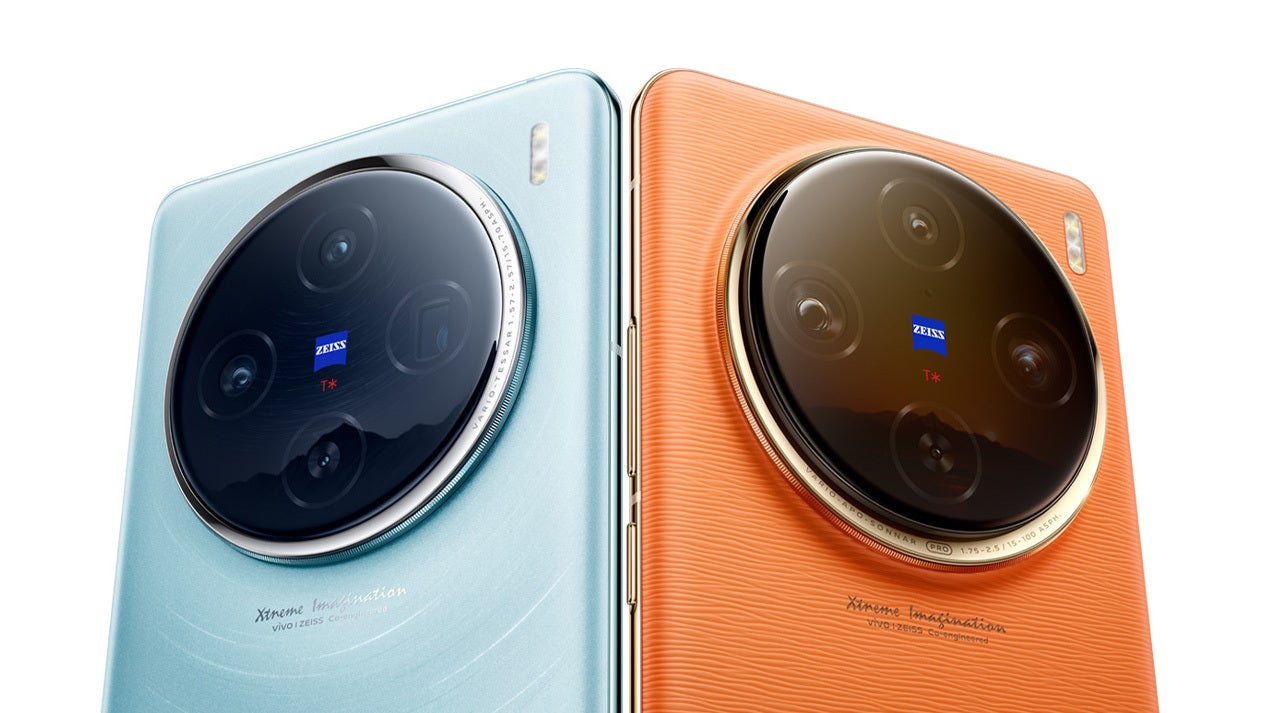
Vivo X100 on the left, Vivo X100 Pro on the right
Interestingly, both the Vivo X100 and X100 Pro come with a triple camera system, while the previous generation X90 Pro Plus used four cameras. The difference is that the Vivo X100 Pro no longer uses two zoom cameras (the previous model had a 2X AND a 3.5X telephoto cameras), and instead uses just one with 4.3X zoom level, but that camera has a faster aperture and should perform much better in low light.
Here are the rest of the Vivo X100 series specs highlights:
- Both come with a 6.78-inch screens with 120Hz refresh rate and up to 3,000 nits of brightness
- MediaTek 9300 chip on both
- 5,000mAh battery for the vanilla model and a 5,400mAh battery for the Pro version
- Pro model has larger main camera sensor
- Pro model has longer zoom
- Same ultra-wide camera on both
Realme GT5 Pro
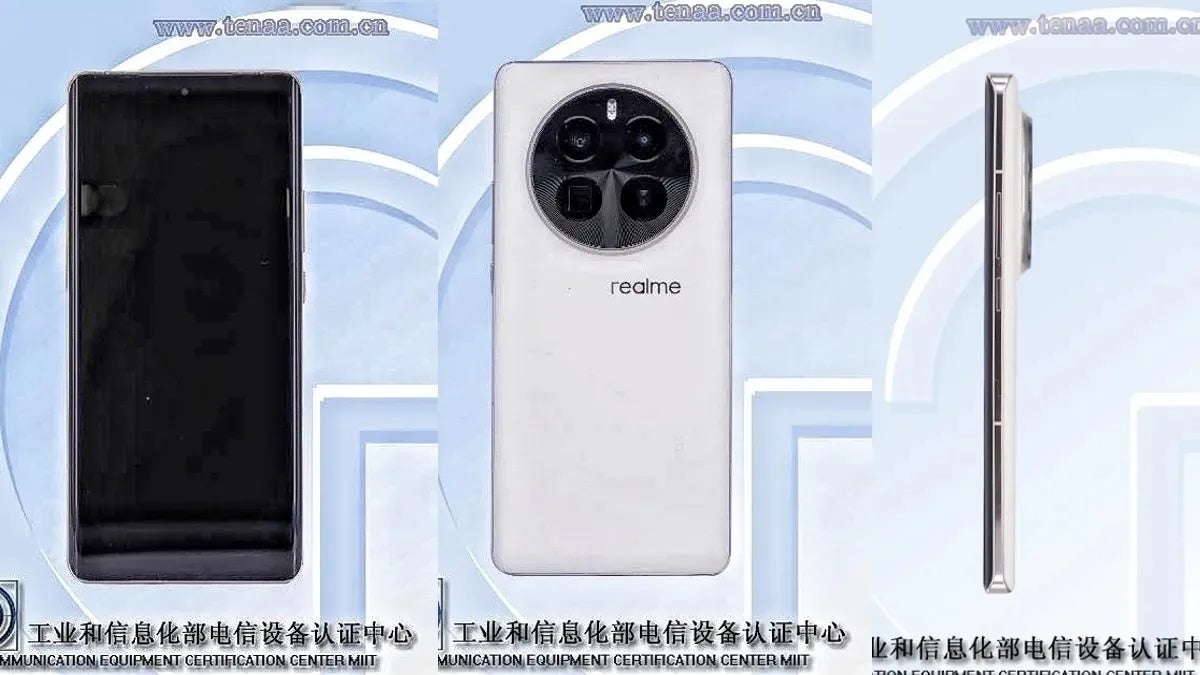
Realme GT5 Pro shown in TENAA certification listing
The Realme GT5 Pro has a large screen that can reach up to 3,000 nits of brightness and some models are equipped with 24GB of RAM!
The marquee feature that Realme advertizes is “dual-engine” technology, which is likely a separate co-processor to drive the bright screen. Interestingly, that’s not completely unique and sounds similar to a technology we have on the iQOO 12 series.
Honor 100 and Honor 100 Pro
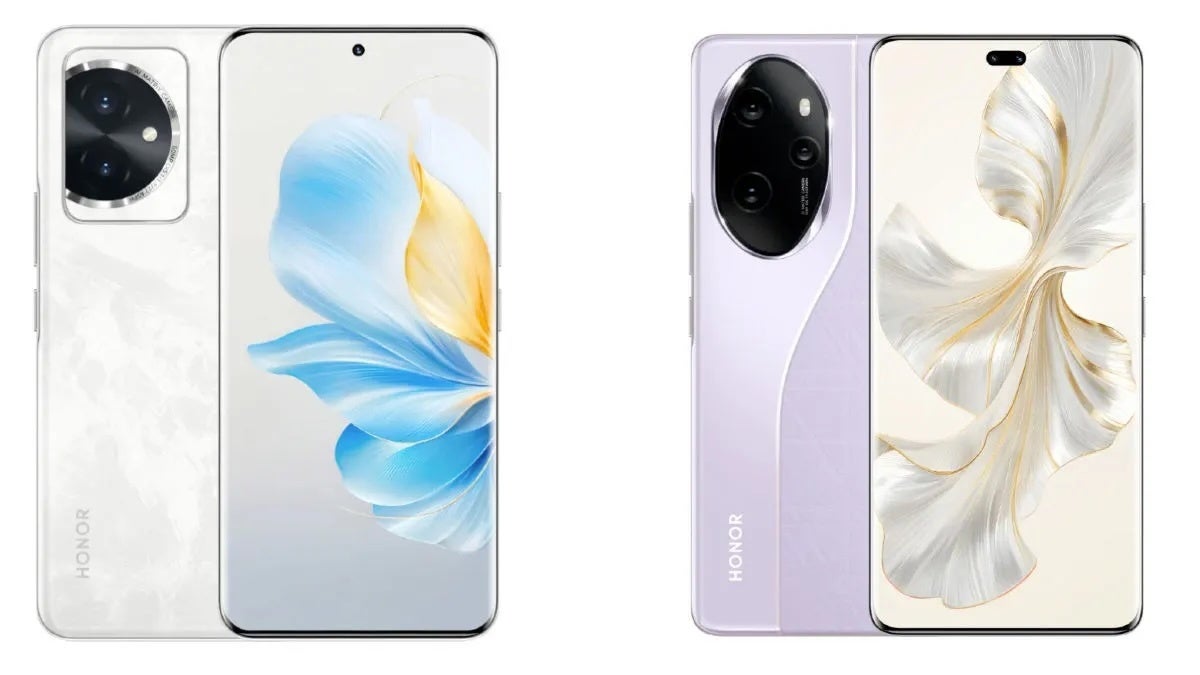
Honor 100 on the left, Honor 100 Pro on the right
These upcoming phones are not quite as powerful as the rest on the list: the Honor 100 has the mid-range Snapdragon 7 Gen 3 chip, while the Honor 100 Pro gets the older Snapdragon 8 Gen 2 chipset.
Both devices are expected to arrive with a 5,000mAh battery and be more affordable than the rest of the models here.
ZTE nubia Red Magic 9 Pro

The Red Magic 9 Pro will have a completely flat back, no camera bump at all
This gaming phone is expected to deliver a feature no other flagship phone has: a flat back with no camera bump!
Expect glorious performance and thermal management as this is a gaming focused phone.
Leaked benchmarks reveal you will be able to get the phone with a whopping 24GB of LPDDR5X RAM and 1TB of storage, and all versions will be powered by the Snapdragon 8 Gen 3 chipset.
Meizu 21
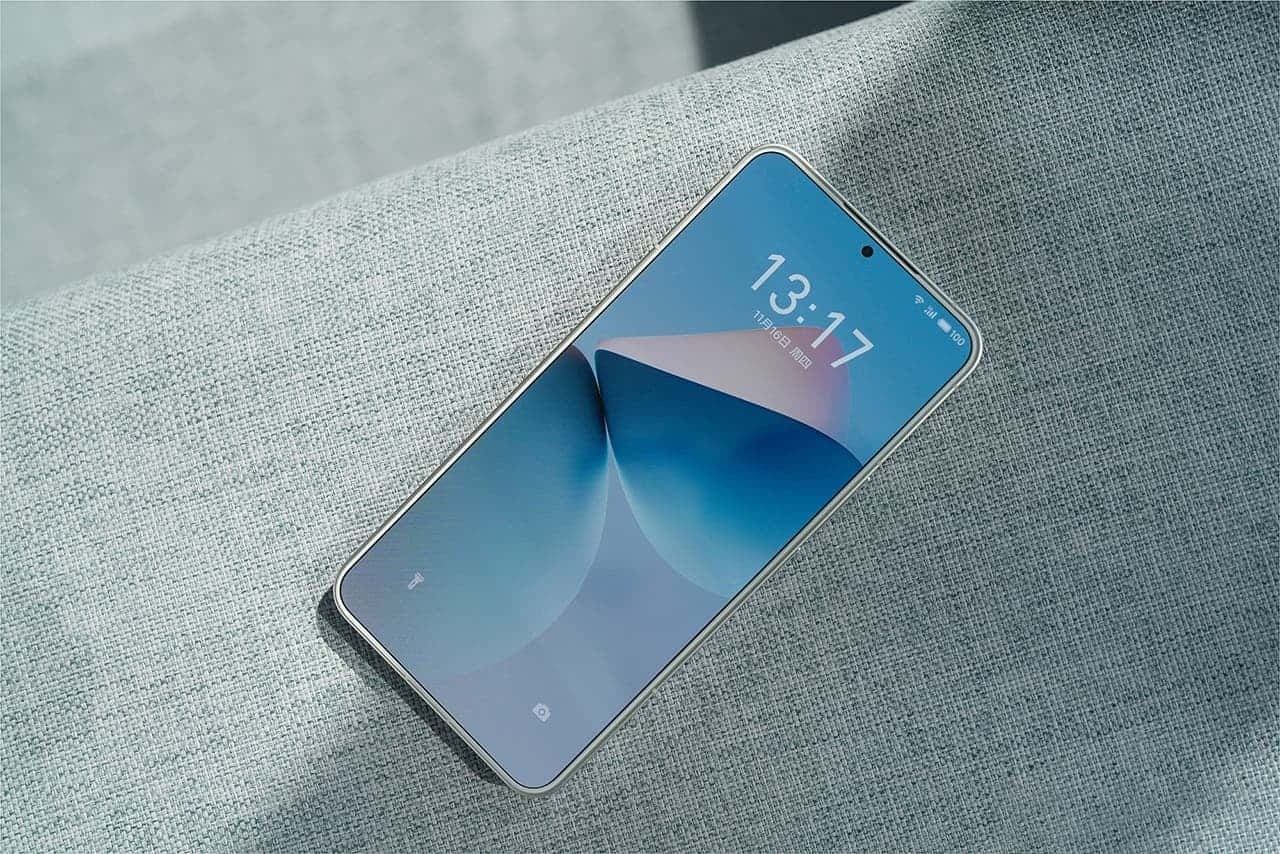
Meizu 21 fights screen bezel with a futuristic edge-to-edge screen design
Meizu is not quite as popular as other brands on this list, but its latest Meizu 21 flagship is exciting with its focus on nearly eliminating screen bezel and achieving a futuristic no-chin design.
The Meizu 21 will run on the Snapdragon 8 Gen 3 processor and the company promises “exclusive” optimizations.
Xiaomi Redmi K70
*expected to launch globally under the Poco F6 name

Redmi K70 design leaked in a low-quality picture on Weibo
We have seen first leaked images of the Redmi K70 and we already know that device is coming soon in various configurations and at least some of the models will be powered by the Snapdragon 8 Gen 3 chipset, which makes this a true flagship.
OnePlus 12
Launches in China on December 4th, arriving globally in January 2024
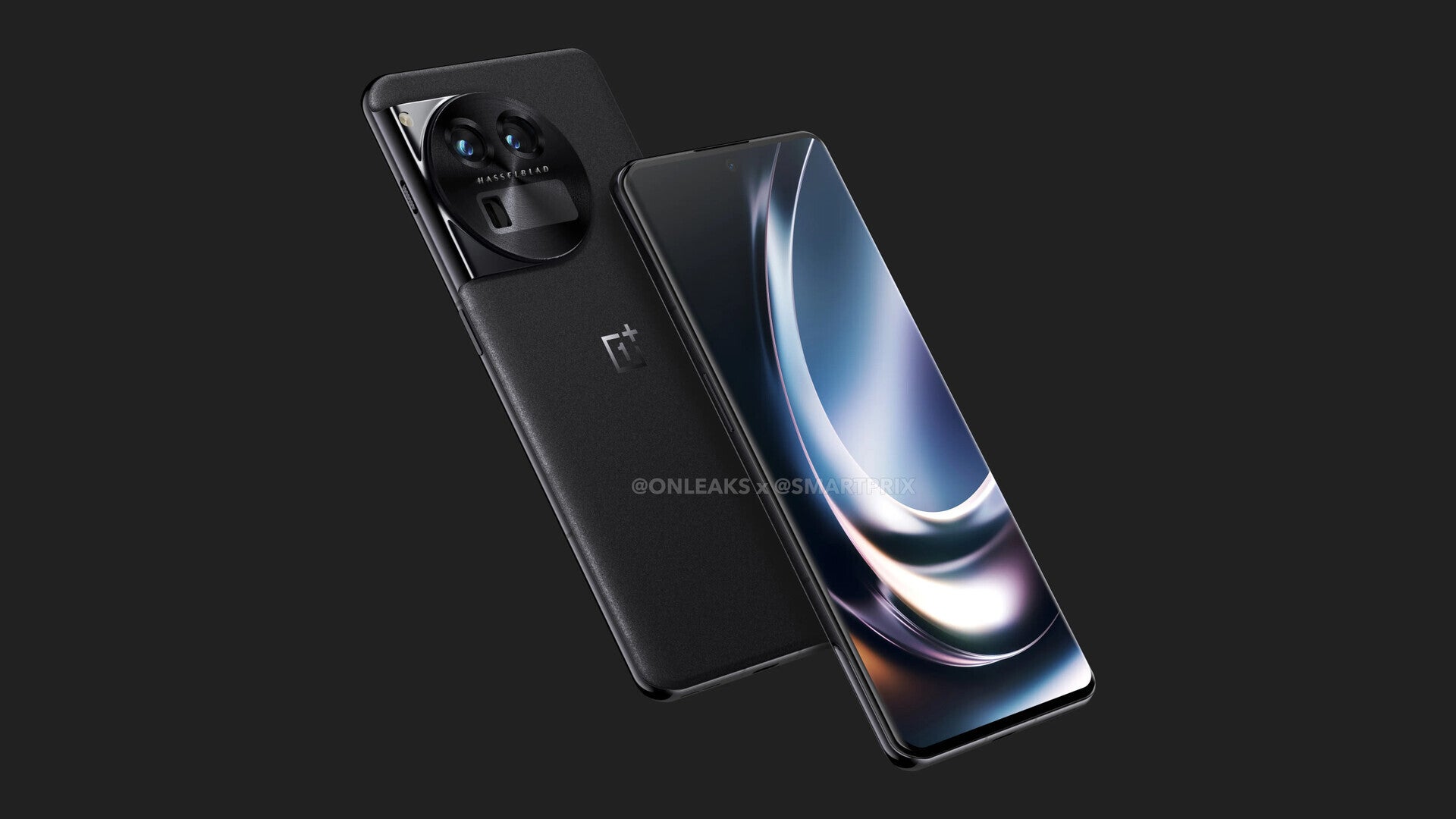
(Image Credit – OnLeaks) OnePlus 12 alleged design
The OnePlus brand is the best known in this list, but recently the company launches its phones first in China and only months later globally.
This is exactly what will happen with the OnePlus 12. We already have leaked design images, we already know it will run the Snapdragon 8 Gen 3 chip, we already know there will be just one model and that it will raise the bar with a next-generation screen technology and further improve the photo quality and introduce a periscope zoom camera. Exciting!
Nubia Z60 Ultra
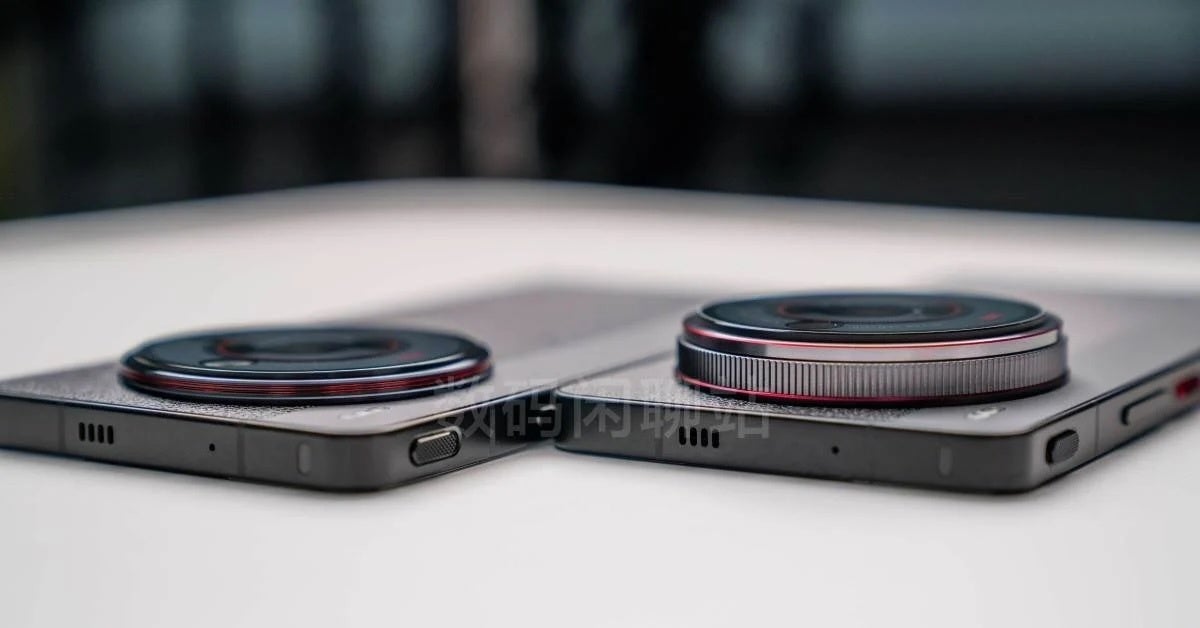
Nubia Z60 Ultra allegedly pictured on the right with its stand-out 35mm main camera
The Nubia Z60 Ultra is a unique device that goes agains the grain with a narrower, 35mm main camera, while most other phones use a much wider 24mm-ish lens.
As you can see in the above leaked image, this might result in a humongous camera system that sticks out of the back of the phone, but we are excited to see if the camera quality will be different from other smartphones.
Oppo Find X7 and Oppo Find X7 Pro
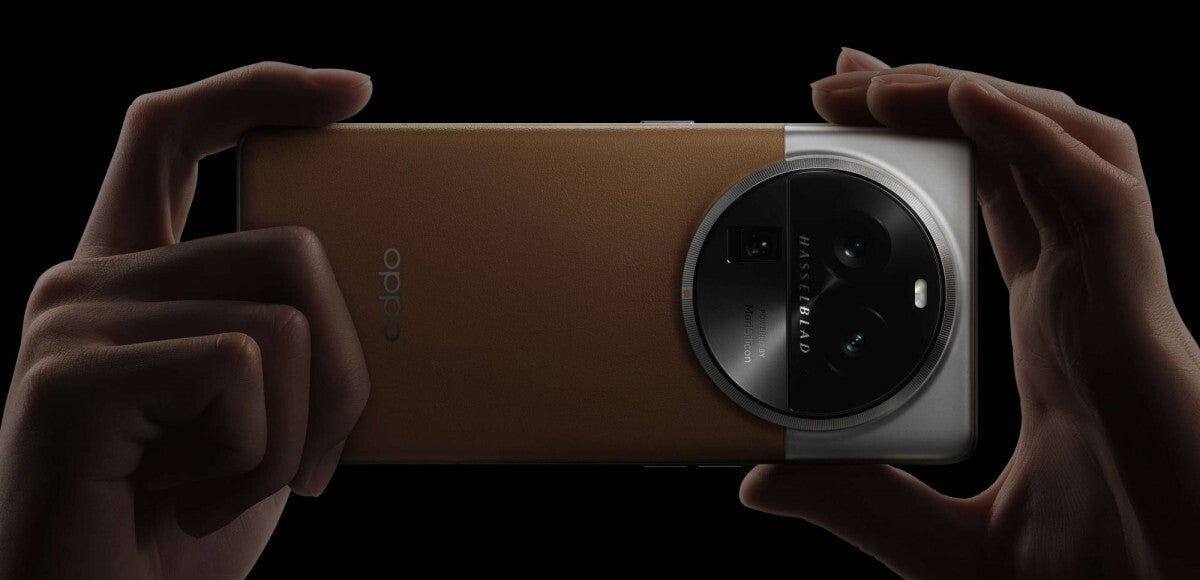
Picture of previous model Oppo Find X6 Pro since the new Find X7 Pro design has not surfaced yet
If we had to single out just one phone for its camera here (and it’s a tough competition!), that would have to be the Oppo Find X7 Pro.
While other companies are cutting the number of lenses, Oppo increases them and it is expected to be the first phone to come with dual periscope telephoto cameras at 2.7X and 6X. Not just that, it features a main camera based on the new Sony LYTIA technology (the Sony LYT-900 1-inch sensor to be specific). And it will also have an ultra-wide camera using the Sony IMX890 sensor, another excellent performer. All of that comes with Hasselblad partnership for improved color calibration.
Honor Magic 6
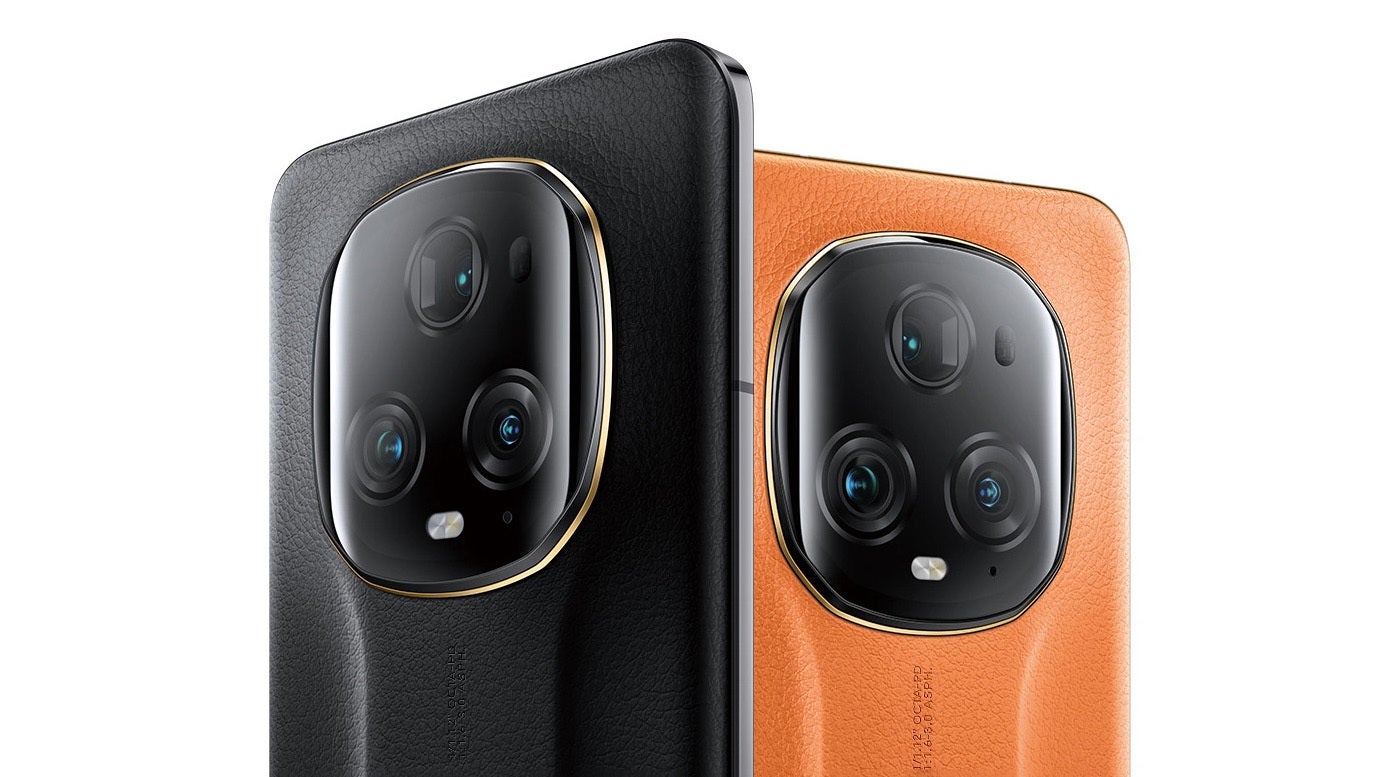
Picture of previous model Honor Magic 5 Ultimate since Honor Magic 6 design has not surfaced yet
While we still haven’t seen the design of the upcoming Honor Magic 6, we can already know that it will be a flagship in the full sense of the word with a focus on camera quality and performance. Stay tuned for more details about it as they appear.
Xiaomi 14 Ultra
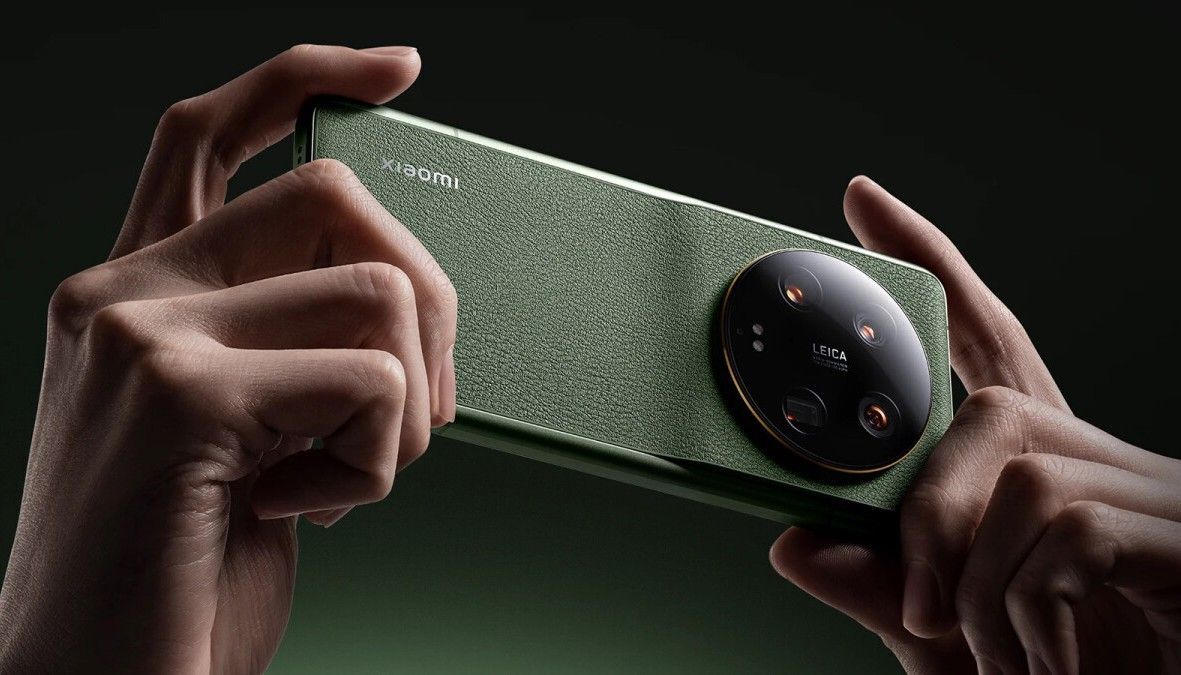
Picture of previous model Xiaomi 13 Ultra since Xiaomi 14 Ultra design has not surfaced yet
Similarly, it’s too early to know much about the Xiaomi 14 Ultra, but this phone is another camera superstar and the culmination of Xiaomi’s camera efforts in 2024.
Stay tuned for more details as they come in.
Chinese phones: The battle for the ultimate camera phone continues
As you may have noticed, most of the Chinese flagship phones have focused their effort on bringing the best possible camera system on a phone.
The big news in 2024 is the arrival of Sony’s brand new LYTIA sensor technology, which comes in a few flavors. The most ambitious flagships adopt the 1-inch type Sony LYT-900 sensor tech, while more affordable models rely on the Sony LYT-800 series of sensors.
We are also seeing a couple of phones adopting the new OmniVision camera sensors (the iQOO sub-brand by Vivo and Honor with the Magic 6 Pro), and particularly the high-end OmniVision OV50K 1-inch type sensor is looking like serious competition to Sony.
If we had to narrow it down to just a few smartphones with most ambitious camera systems, those are the names:
- Vivo X100 Pro
- Oppo Find X7 Pro
- Honor Magic 6
- Xiaomi 14 Ultra
What about Huawei?
You have also probably seen that the name Huawei is not mentioned on this list and that is because Huawei is banned from using US chips, so it will not have a phone based on the Qualcomm Snapdragon 8 Gen 3 processor.
Instead, Huawei has been developing its own in-house chips, the Kirin series. In the most recent 2023 Huawei phones, Kirin chips perform roughly on par with other 7nm chips, but are allegedly built on older 14nm technology.
Chinese Smartphone Market Explained
The Chinese smartphone marketplace is very different than the market in the United States, the UK or Europe.
Android devices in China do not have the Play Store and most users rely on a single super-app (WeChat) for their news, messaging, payments and most other needs.
As of Q2 2023, the Chinese market is split between five brands:
- Oppo held 18% of the market
- Vivo also held 18%
- Apple had 16%
- Honor had 15%
- Xiaomi had 14%
Keep in mind that the Oppo figures include sales of OnePlus devices too. Huawei probably ranks just behind the top five, and the rest is scattered across smaller brands, but overall you can see the market is very competitive with at least six companies fighting for the number one spot and pushed to innovate quickly.
Which of these phones are you most excited about? And is there a feature that you think popular phone brands like Apple, Samsung and Google should adopt?

